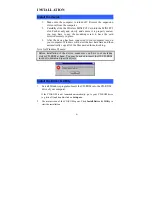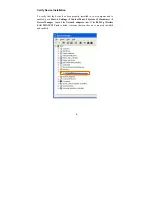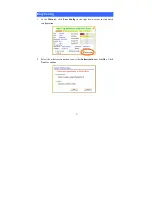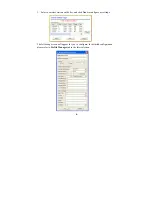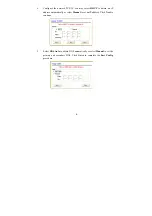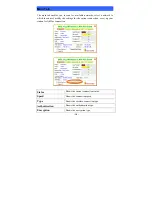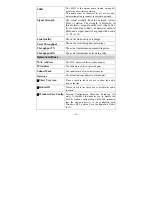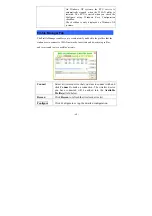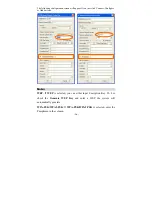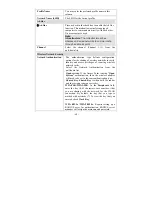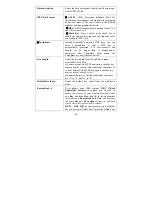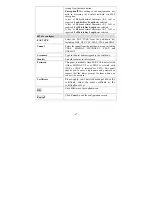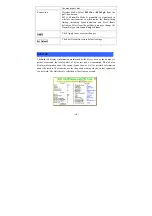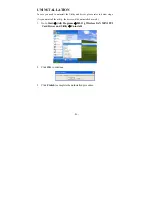
-
16 -
Data encryption
Select the data encryption from the pull-down menu,
either TKIP or AES.
WEP Key Format
ASCII:
ASCII (American Standard Code for
Information Interchange), the standard for assigning
numerical values to the set of letters in the Roman
alphabet and typographic characters.
HEX
: HEX (Hexadecimal): numbers from 0 to 9
and letters from A to F.
Mask Key
: Place a check in the check box to
enable the Unmask Key function, this function is for
concealing the WEP key.
Passphrass
Instead of manually entering WEP keys, you can
enter a Passphrase, so that a WEP key is
automatically generated. It is case-sensitive and
should not be longer than 16 alphanumeric
characters. This Passphrase must match the
Passphrase of your wireless network.
Key Length
Select the key length from the pull-down menu,
either 64Bit or 128 Bit.
If you are using 64-bit WEP encryption, then the key
must consist of exactly ten hexadecimal characters. If
you are using 128-bit WEP encryption, then the key
must consist of exactly 26 he
xadecimal characters. Valid hexadecimal characters
are “0” to “9” and “A” to “F”.
Default Key Index
Select the default key index from the pull-down
menu.
Encryption1~4
To configure your WEP settings.
WEP (Wired
Equivalent Privacy)
encryption can be used to
ensure the security of your wireless network. Select
one
Key
and
Key Size
then fill in the appropriate
value/phrase in
Encryption
field.
Note: You must use
the same Key and Encryption settings for the both
sides of the wireless network to connect
KEY1 ~ KEY 4
:
You can specify up to 4 different
keys to
decrypt
wireless data. Select the Default key


